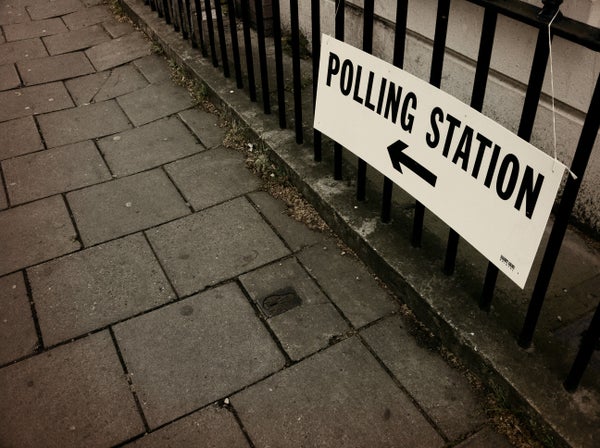
In today’s article, we’re wrapping-up our introductory series on fundamental statistics by talking about how knowledge of statistical quantities like the mean and standard deviation can help you understand the significance of the latest political polling results.
Should You Believe the Results of All Political Polls?
On supporting science journalism
If you're enjoying this article, consider supporting our award-winning journalism by subscribing. By purchasing a subscription you are helping to ensure the future of impactful stories about the discoveries and ideas shaping our world today.
Should you believe the results of every political poll you see reported in the news? The short and simple answer is: “no.” For me, there are two reasons for this. First, being skeptically natured, I tend not to believe a lot of what I see until I can verify it for myself. Some people have agendas that they’d like to steer you and me towards, and I generally try to ensure that that doesn’t happen to me blindly. The second reason is a bit less conspiratorial in nature: even though most polls are conducted properly, the results are often reported improperly. That usually has to do with not understanding the statistical nature of the poll on the part of the reporter. But, since you’ve learned how to calculate mean values and can answer the question what are the range and standard deviation? you now know everything you need to decipher poll results and to decide for yourself whether or not you believe them.
